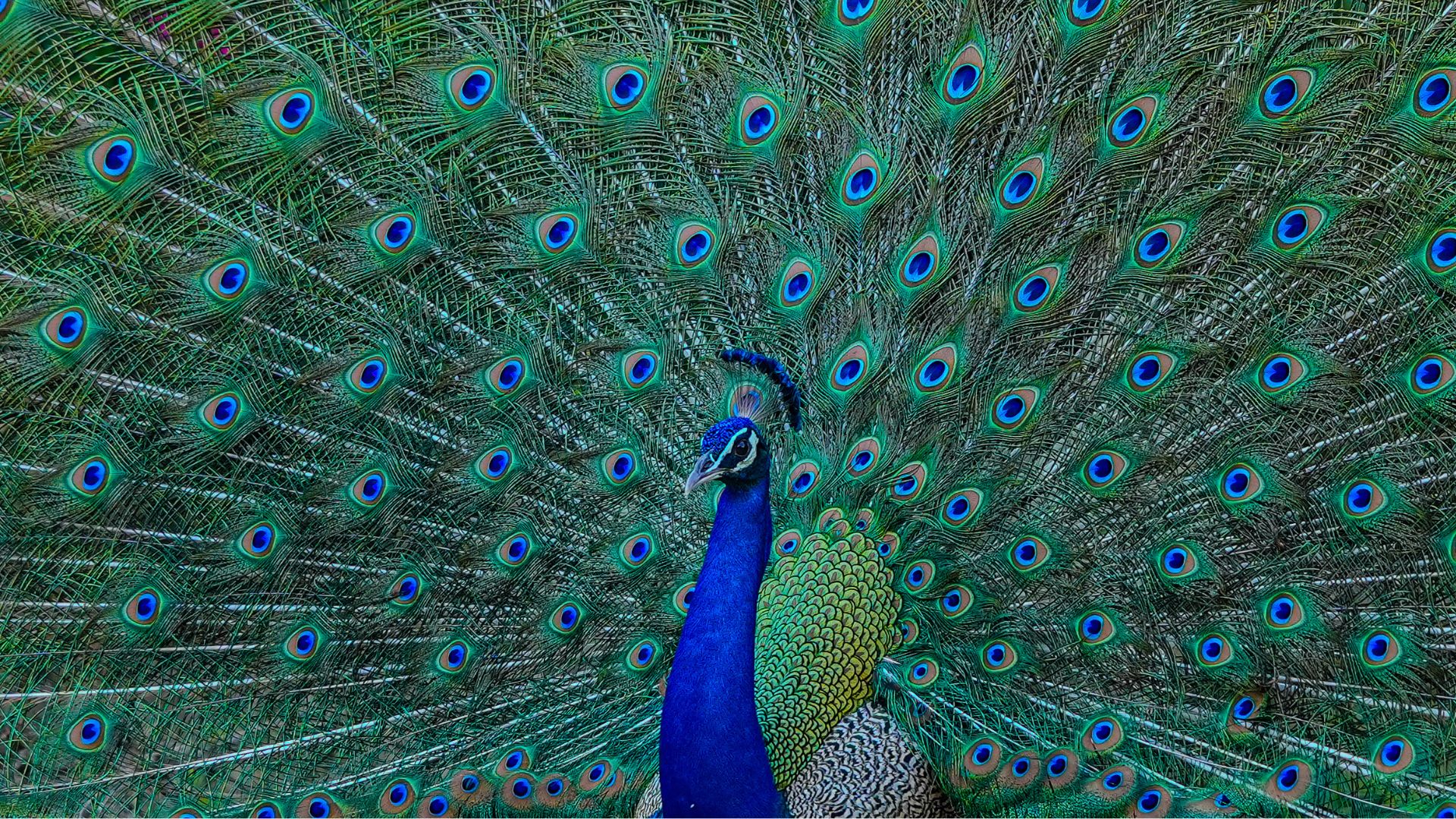Scientists Discover the Animal Kingdom's FIRST Biolaser! 🌈🐦










2025-08-01T13:28:00Z

Imagine a world where animals can emit laser beams—sounds like something out of a sci-fi movie, right? Well, researchers have just uncovered a groundbreaking phenomenon: the first biolaser cavity found within the animal kingdom, specifically in the stunning Indian Peafowl.
This stunning discovery came from a dedicated research team who explored the incredible light-emissive properties of dye-infused barbules from the tail feathers of the Indian Peafowl, also known scientifically as Pavo cristatus. By dyeing these feathers and energizing them with an external light source, they found that the feathers emitted narrow beams of dazzling yellow-green laser light. Yes, you heard that right—laser light!
The study delved into how these remarkable feathers behaved under high-intensity conditions using a specific 532nm wavelength. What they found was nothing short of astonishing. The feathers demonstrated a highly conserved set of laser wavelengths, showcasing a kind of precision that scientists had only dreamed of in the natural world.
But how did they achieve this? The researchers meticulously prepared the dye-infused barbules by repeatedly wetting the eyespot of the feather with a dye solution and letting it dry. This fascinating process, known as wet/dry cycling, revealed that multiple staining cycles were crucial before the laser emission could be observed. It's like a secret recipe for nature's own laser factory!
In their findings, the team noted, “The eyespot of a dye-doped peafowl tail feather was found to emit laser light from multiple structural color regions. Regions where the visible reflection bands were outside of the gain region of the dye were also found to emit laser light in some locations.”
What’s even more intriguing is that the greatest laser intensity was discovered in the green color region of the feather, leading researchers to speculate about the potential applications of this discovery. Can you imagine the possibilities? From stunning displays in nature to innovative uses in technology, this could change everything!
 Hana Takahashi
Hana Takahashi
Source of the news: Interesting Engineering